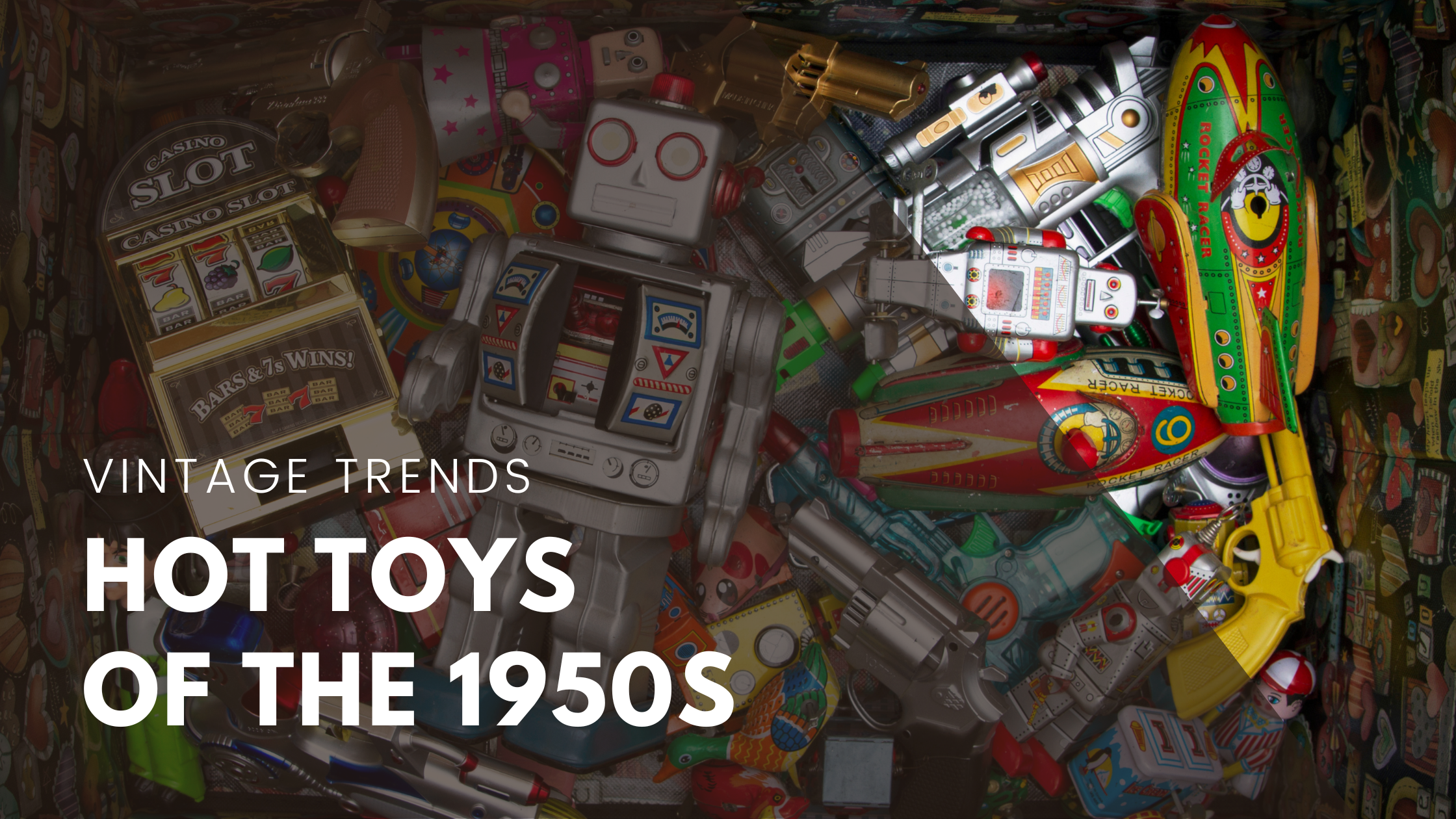Nostalgic Delights: Exploring the Hottest Toys of the 1950s
Step into the time machine and journey back to the enchanting era of the 1950s, when post-war optimism flourished and the American dream took shape. The baby boom generation was growing up, and the world of toys was on the brink of a revolution. In this article, we delve into a treasure trove of childhood memories and explore the iconic toys that captured the hearts and imaginations of children across the nation.
The 1950s witnessed a wave of innovation in the toy industry as manufacturers seized the opportunity to introduce groundbreaking concepts that would forever change the landscape of playtime. Among the various playthings, great toys emerged as true cultural icons, including Mr. Potato Head, Play-Doh, Hula Hoop, and Barbie. These timeless creations brought immeasurable joy to countless children and left an indelible mark on the world of toys.
1952 Mr. Potato Head
A playful and whimsical character who invited children to explore their creativity. Introduced by Hasbro in 1952, this groundbreaking toy became the first to be advertised on television, captivating the attention of youngsters with its unique interactivity and earning the toy company more than $4 million in the first few months. The toy was a set of plastic facial features, and the child supplied an actual potato as the body; children could transform their humble tuber into a charismatic spud with endless possibilities.
1953 Matchbox Cars
Lesney Products was founded in 1947 by English die-casters Leslie Smith and Rodney Smith, along with partner Jack Odell. Their initial goal was to fill the demand for small toys during wartime. In 1952, Odell was inspired by a rule at his daughter's school stating that toys had to fit inside a matchbox. This led to the creation of the Matchbox car, a scaled-down version of Lesney's road roller toy packaged in a matchbox. The company soon added other popular vehicles, including a cement mixer, a double-decker London bus, and a palm-sized racecar. Sales in America began a few years later when the company introduced a Ford Customline Station Wagon to its formerly all-British product line.
1956 Yahtzee
In 1956, Edwin S. Lowe, a successful toy and game entrepreneur, submitted Yahtzee as a trademark to the U.S. Patent Office. The name was first used commercially on April 3 of that year, and Lowe marketed it as a Poker Dice Game. According to Hasbro, a Canadian couple invented the game and called it The Yacht Game because they played it on their yacht with friends. When they asked Lowe to make sets as gifts, he recognized the potential for marketing it and acquired the rights in exchange for 1,000 gift sets.
1956 Play-Doh
Play-doh, the pliable substance that unlocked a world of sculpting wonders. Originally developed as a wallpaper cleaner, this malleable dough-like material became an instant sensation when introduced as a children's toy in 1956. With its vibrant colors and endless molding potential, Play-doh ignited the imaginations of young artists and allowed them to craft anything their hearts desired.
1957 Frisbee
The origin of the Frisbee dates back to Bridgeport, Connecticut, where William Frisbie established the Frisbie Pie Company in 1871. Students from nearby universities would toss the empty pie tins back and forth, shouting "Frisbie!" as they released them. In 1948, Walter Frederick Morrison and his partner Warren Franscioni created a plastic version of the disc known as the "Flying Saucer," which could travel further and with more precision than the metal pie plates. Morrison made an upgraded model 1955 and marketed it to the new toy company Wham-O as the "Pluto Platter" to capitalize on the public's fascination with space and UFOs.
After the toy's initial release in 1957, Wham-O—the creators of other successful products like the Hula-Hoop, the Super Ball, and the Water Wiggle—renamed it the Frisbee disc in 1958, misspelling the name of the famous pie company. Wham-O began marketing the Frisbee as a new sport, and by 1977, they had sold more than 100 million units.
1957-58 Hula Hoop
Wham-O was founded by two best friends in Carson, CA. Richard Knerr and Arthur “Spud” Merlin. Knerr and Merlin got the idea for the Hula Hoop from bamboo hoops used for exercise in Australia. Although Wham-O did not come up with the name Hula Hoop, they patented it in 1957 for their new toy idea.
The toy hoops were made from plastic and two colors twisted together. The Hula Hoop made its American debut under the Wham-O name on June 16, 1958, in a toy store in Los Angeles. It had become the summer fad by July, selling for $1.98 per hoop. In the first six months of production, Wham-O sold 20 million of their hoops. Wham-O had to ramp up production to manufacture 20,000 hoops daily to meet the high demand.
1959 Barbie
In 1959 Ruth Handler invented the Barbie doll after observing her daughter Barbara and her friends playing with paper dolls. These children used the dolls to engage in imaginative play, taking on roles such as college students, cheerleaders, and working professionals. Handler sought to create a doll that would better facilitate such play experiences for young girls.
At the annual Toy Fair in New York on March 9, 1959, Handler and Mattel presented Barbie, the teenage fashion model, to skeptical toy buyers. Unlike the popular baby and toddler dolls of the time, Barbie had an adult body, a new concept for a doll.
Handler found inspiration for her design during a family trip to Switzerland, where she discovered the German-made Bild Lilli doll in a Swiss shop. Although not intended for children, Handler used the collector's item as the basis for her Barbie prototype. Two years after Barbie's debut, her first boyfriend, Ken, was introduced in 1961.
These toys, born out of the 1950s, have transcended generations. They have stood the test of time, captivating children’s hearts then and now. As we reflect on the impact of these toys, we realize that they were more than mere playthings—they were vehicles of imagination, catalysts of creativity, and symbols of innocence and joy.
The 1950s hot toys entertained us and shaped us, nurturing our development and leaving an indelible mark on our lives. They remind us of simpler times, the power of play, and the importance of cherishing the memories we create with our favorite toys.











